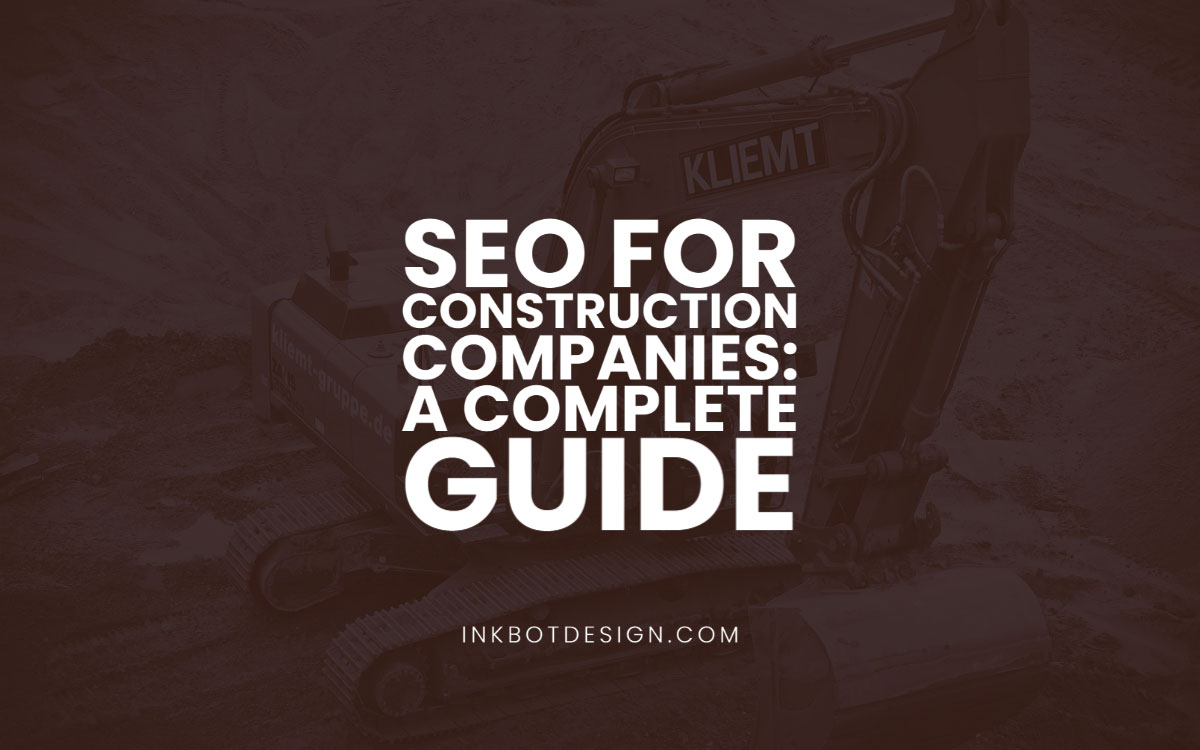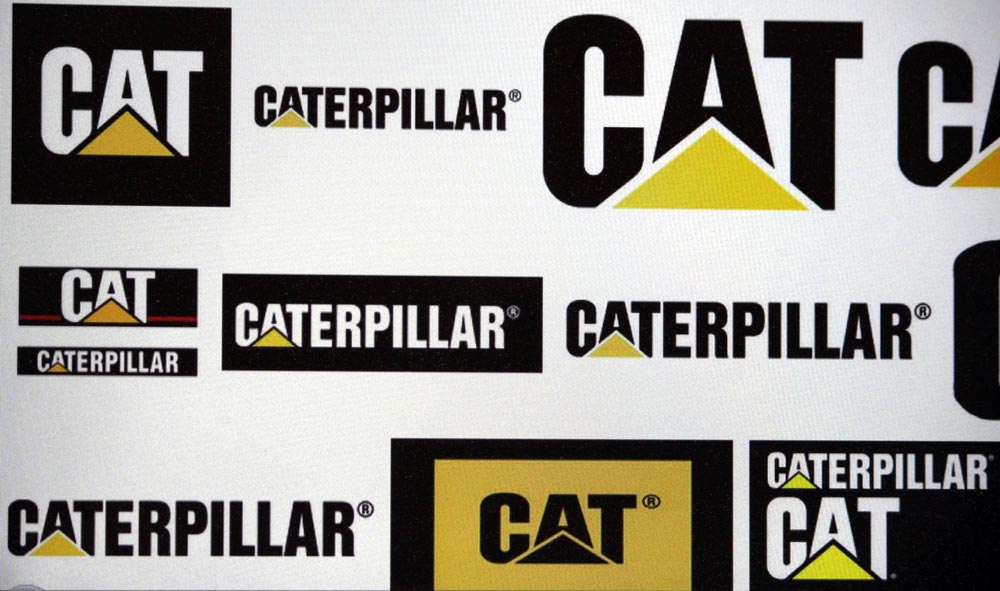
31 Mar SEO for Construction Companies: A Complete Guide
SEO for Construction Companies: A Complete Guide
Most of us correlate search engine optimisation (SEO) with digital marketing and online client engagement solutions.
Although there is no doubt that this is true, we need to keep in mind that these very same efforts can have a genuine impact on brick-and-mortar operations.
For example, did you know that modern SEO practices can have a massive influence on any construction company’s bottom line?
Research carried out by the Construction Marketing Outlook Survey in 2017 found that a staggering 73.1 per cent of all firms within this industry planned to increase their spending on targeted search engine optimisation solutions.
It is, therefore, clear to see that managers appreciate the benefits of such efforts.
The only possible issue involves which approaches will prove to be the most useful.
Are there any techniques specifically designed for this sector, and if so, what types of results might they be able to produce?
If you have been hoping to increase your conversion rates and overall return on investment (ROI), the details below are pivotal to examine in greater detail.
Establishing a Clear and Recognisable Brand

We are all aware that any business which hopes to enjoy success needs to establish itself as a leader within its respective field.
This is often called a “brand identity” by industry professionals.
The main takeaway point is that construction firms capable of embracing an authoritative and trustworthy presence will be much more likely to appeal to the average customer.
So, how is brand identity related to SEO?
There are several answers to this question, the most pertinent being that higher search engine results page (SERP) rankings will lead to a greater degree of online exposure.
This is naturally important in terms of clickthrough rates and conversions.
However, there are also many other ways for a construction firm to cement its recognition amongst new and existing customers.
These can be broken down into two discrete (and yet related) approaches.
The Difference Between On-Site and Off-Site SEO Techniques
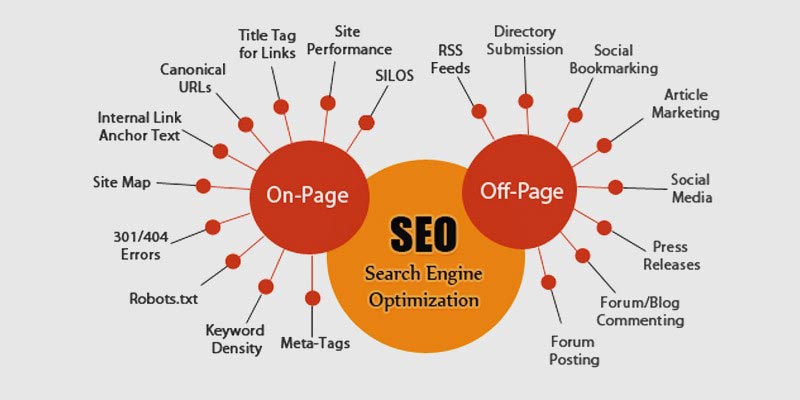
From a general perspective, any SEO campaign is intended to perform three basic tasks:
- To rank higher within online search engine results.
- To encourage inbound website traffic.
- To augment sales.
The main issue is that competition within this industry is on the rise.
Furthermore, this tends to narrow margins regarding how much money can be spent on SEO practices.
Therefore efforts need to be focused on the right direction from the very beginning.
It usually is wise to start by appreciating the differences between on-site and off-site SEO techniques.
On-site SEO is intended to provide a website with the tools required to optimise its presence throughout search engines.
You can break down this approach into several discrete categories, including:
- Using the right keywords and key phrases within any content.
- Employing the appropriate HTML tags (such as meta titles and meta descriptions) so that search engines can interpret what is contained within the site.
- Creating a detailed layout of the website (known as a sitemap); critical when determining which pages are the most important.
- Ensuring that the site functions appropriately in terms of speed, page loading times and navigation.
- Curating a website that will display correctly on mobile devices.
While this may seem like a great deal to take in, we need to recall that you can perform many of the suggestions mentioned above in a piecemeal fashion.
In other words, they can be broken down in terms of top priorities.
Here is a step-by-step example of how a fictional firm may approach its on-site SEO for construction requirements:
- Examining the functionality of the website.
- Determining the loading time of each page.
- Identifying and eliminating any HTML errors.
- Researching the appropriate keywords and industry trends.
- Creating quality and engaging content based on the analytics mentioned above.
Tackling such concerns in a hierarchical fashion is the best way to ensure that no digital stone is left unturned.
So, how does off-site SEO fit into the equation?
Off-site SEO involves any steps which are taken that do not directly involve the website itself.
Still, the ultimate intentions are the same (boosting inbound traffic and increasing conversion rates).
To use an analogy, on-site SEO can be thought of as the hub of a digital marketing “wheel”.
Off-site SEO could therefore be represented as the spokes of this wheel.
Here are some common strategies which you can use to enhance the presence and reputation of a construction company:
- Using Google My Business listings
- Developing a presence on social networking sites
- Encouraging customers to leave reviews
- Partnering with pay-per-click (PPC) programmes
- Creating outbound links to other authoritative sites
- Creating regular blog posts
While these off-site tactics may be thought of as “traditional” SEO in some ways, this is a bit of a misnomer.
Although such approaches are familiar to many construction firms, the fact of the matter is that on-site SEO is just as pivotal in terms of longitudinal success.
This brings us to the following main section of our article.
How can construction companies effectively leverage all the strategies that were previously outlined?
Perhaps the best way to provide clear answers is to stress the importance of using on-site and off-site SEO in conjunction with one another.
Developing a Tailor-Made and Effective SEO Strategy: The Primary Components
Any ship sailing out to sea will first need to determine its destination to discern the most efficient route to travel.
This analogy is just as important in terms of curating a targeted SEO strategy.
Here are some components which you should address in the preliminary stages:
- What type of audience does the company wish to cater to?
- Where is this audience located?
- What are the essential products and services being offered?
- What are the spending habits of the customers themselves?
As we can see, this portion of SEO revolves heavily around marketing.
The main intention here is to engender the clarity and insight required to develop a straightforward plan so that you can focus subsequent efforts in the right direction.
Furthermore, more discrete elements such as logo design and creating an overall mission statement are other foundational elements that will often determine the direction of the construction firm in question and how it wishes to engage with its client base.
You can then use this in synergy with quality content.
Content is king when referring to modern SEO techniques, and this maxim is equally true within the construction sector.
Curating quality content that resonates with the visitor in question will encourage further engagement (such as requesting a call-back, contacting a customer service representative or placing an order).
While content-related SEO is a rather broad subject, it can still be segmented into a handful of primary intentions:
- To provide an overview of the services being offered.
- To actively engage with the reader in question.
- To generate interest instead of action.
- To promote higher rankings within a search engine results page using the appropriate keywords.
As many construction firms possess neither the time nor the in-house resources to satisfy these objectives, it might be wise to procure a third-party content marketing specialist to ensure that quality material is generated at the appropriate times.
On-Site and Off-Site SEO: A Match Made in Digital Heaven
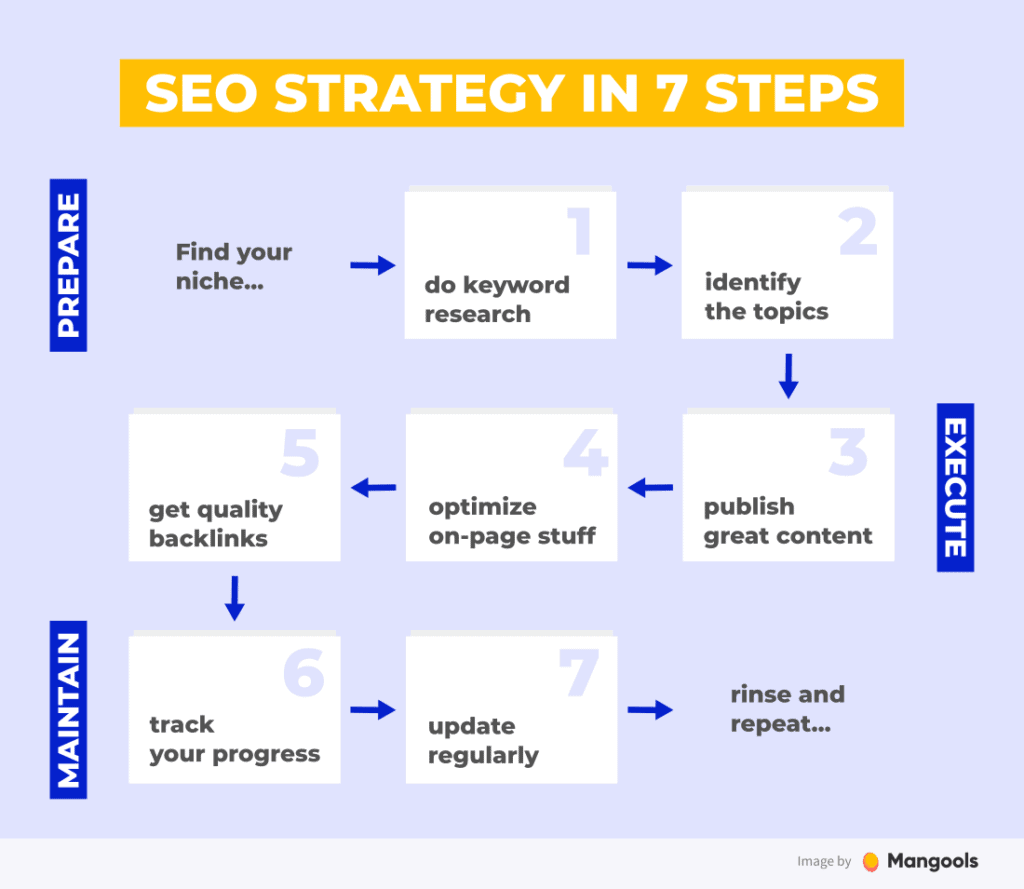
Now that we have a basic understanding of some primary SEO components, how can on-site and off-site approaches be used in combination with one another so that viable results are generated?
Perhaps the most crucial takeaway point here is to stress that both techniques should not be thought of as standalone tools.
On the contrary, the best way to maximise each’s effectiveness is to use them in combination. A few examples will help to clarify this strategy.
Imagine for a moment that you have just created a new outbound marketing campaign targeting a specific demographic.
It will be possible to use Google Analytics tools to determine which products and services within your website receive the most inbound hits.
You can, after that, tailor the pages themselves around these items.
In this case, it is possible to use off-site approaches to highlight better any on-site modifications that may need to be performed.
On the other hand, perhaps you have just updated the HTML coding throughout your website so that it is easier to navigate to specific pages.
Once again, it is possible to analyse the inbound traffic to appreciate better which services are proving to be the most popular.
You can then create bespoke outbound marketing campaigns to capitalise upon this popularity.
So, you can likewise leverage on-site SEO to modify off-site approaches to customer engagement.
Please note that these are only two examples of the numerous ways in which both on- and off-site SEO can be utilised to provide you with a better idea of what is working and what might need to be modified.
So, what other construction-related SEO suggestions should you keep in mind?
Adopting a Proactive and Educated Stance
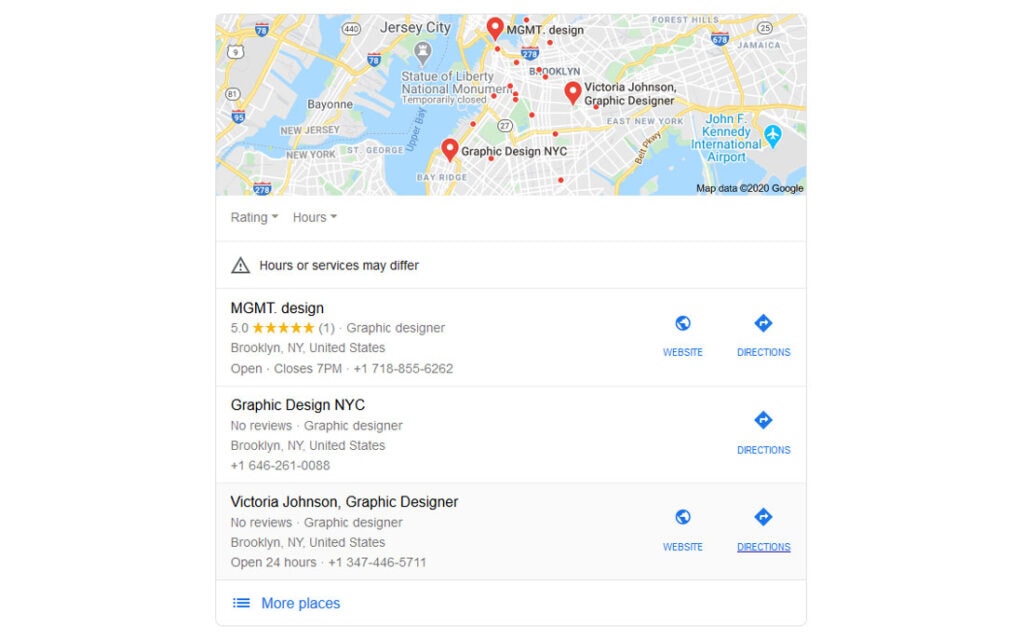
The construction industry is constantly evolving, and this very same mantra holds for SEO.
For example, one of the most predominant trends in 2021 involves using content subtopics to explain discrete product categories better.
This is particularly relevant for the construction sector, as the chances are high that firms offer unique products and services.
Another point to stress is associated with the power of local SEO for construction companies.
It only stands to reason that customers will tend to search for construction firms within their specific region.
Therefore, meta titles and meta descriptions can make all of the difference in the world.
Consider these two queries:
- “Dublin construction company.”
- “Construction company in Dublin close to Howth.”
While the first term is decidedly broad, the second is much more discriminating regarding what a potential customer is looking for.
Thus, firms need to include location-specific information within their content to cater to a discrete audience.
It would be best to mention that search engines such as Google are now looking much more favourably upon content, including locational details.
What about media such as images and videos? Many experts believe that static photos are no longer sufficient.
A growing body of evidence suggests that video content is much more appealing to the average user.
How might this translate into the construction sector?
Here are some exciting possibilities:
- Presenting a 360-degree walkthrough of a recent project.
- Demonstrating the skills of individual employees.
- Displaying the results of previous projects.
- Introducing a team of professionals to the viewing audience.
Videos are excellent ways to connect with the average Internet user.
Furthermore, consumers are more likely to gravitate towards this type of content than long blocks of text.
It is, therefore, wise to include such media within any existing SEO strategy.
On a final note, proactivity is essential in this day and age. Engaging with clients and visitors can help a construction firm better appreciate its strengths and (possibly) its potential weaknesses.
Appreciating this type of real-world feedback is also a great way to understand a marketing campaign’s efficacy.
While this might not necessarily represent SEO in a traditional sense, heightened degrees of interaction are bound to provide interesting insights that might not have otherwise been possible.
SEO for Construction Companies: An Ongoing Concept
This article was intended to elucidate some of the main points to address when developing a well-rounded strategy.
However, we also need to keep in mind that strategies will need to be changed from time to time depending upon the audience in question alongside your business’s ultimate goals.
Do not hesitate to refer to these guidelines for inspiration in the future.
Author Bio: Ray Brosnan is the co-owner of Brosnan Property Solutions, a facility management company that uses SEO techniques to rank on Google.
